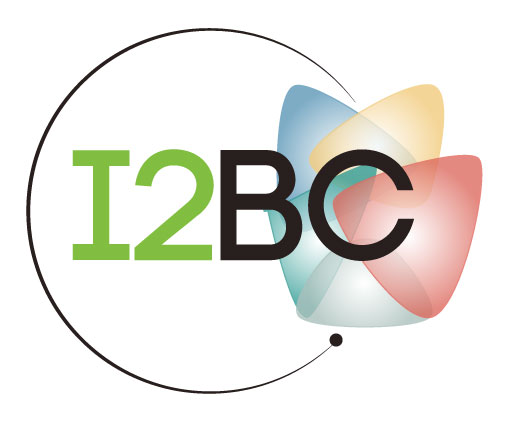Investigating MerR’s selectivity: The crosstalk between cadmium and copper under elevated stress conditions
Résumé
Bacteria respond to metal pollution through sensors that control the uptake and the detoxification machineries. Specificity in metal recognition is therefore a prerequisite for triggering the appropriate response, particularly when facing a mixture of metals. In response to Cu + , the purple bacterium Rubrivivax gelatinosus induces the efflux Cu + -ATPase CopA by the Cu + regulator CopR. However, genetic analyses have suggested the presence of additional regulators. Here, we show that CadR, the Cd 2+ sensor, is involved in Cd 2+ and Cu + tolerance and demonstrate that CopR and CadR share common target genes. Interestingly, expression of the Cu + detoxification and efflux (CopI/CopA) system was induced by Cd 2+ and downregulated in the double mutant copRcadR -. This double mutant was more sensitive to low Cu + concentration than the single copR - mutant, and accumulation of coproporphyrin III pointed to a significantly decreased expression of CopA. Furthermore, analyses of Cd 2+ toxicity in the cadR -mutant suggested that although CopR is Cu + selective, CopR is involved in Cd 2+ response since the addition of Cu + alleviates Cd 2+ toxicity. Based on our current knowledge of metal transport across the inner membrane, Cd 2+ and Cu + do not share common efflux routes nor do they share common regulators. Nevertheless, the crosstalk between Cd 2+ and Cu + tolerance systems is demonstrated in the present study. The modulation of Cu + detoxification by a Cd 2+ regulator in vivo places emphasis on the relaxed selectivity, under elevated metal concentration, in MerR regulators.
| Origine | Fichiers éditeurs autorisés sur une archive ouverte |
|---|---|
| licence |



